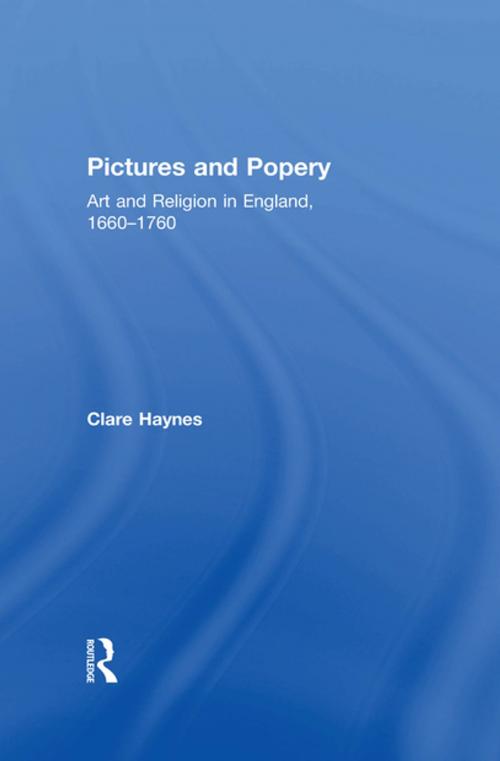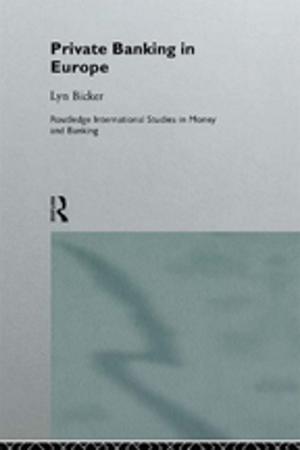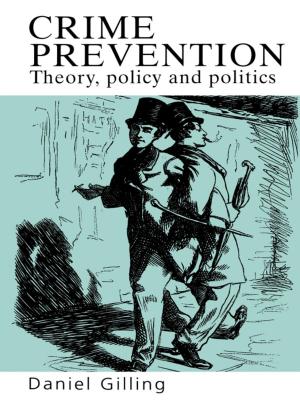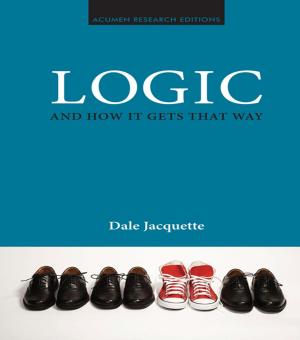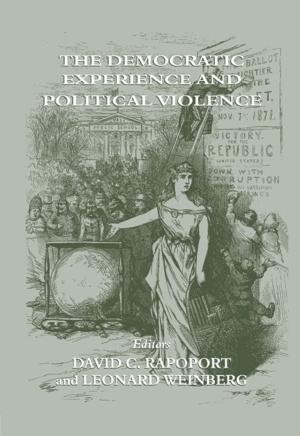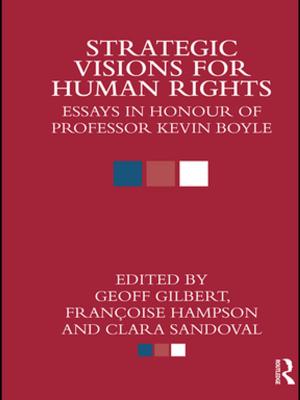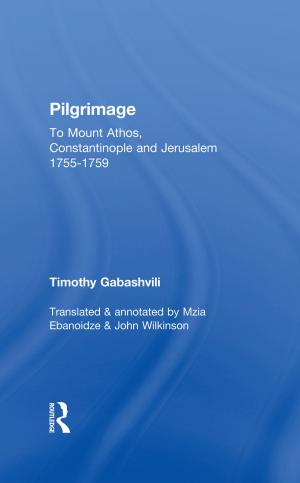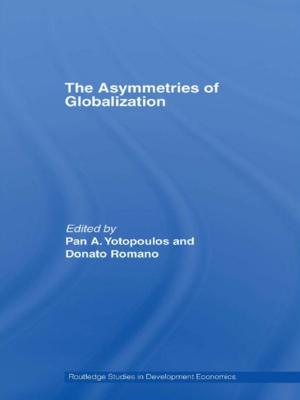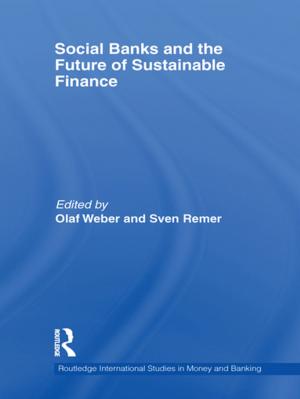| Author: | Clare Haynes | ISBN: | 9781351911269 |
| Publisher: | Taylor and Francis | Publication: | May 15, 2017 |
| Imprint: | Routledge | Language: | English |
| Author: | Clare Haynes |
| ISBN: | 9781351911269 |
| Publisher: | Taylor and Francis |
| Publication: | May 15, 2017 |
| Imprint: | Routledge |
| Language: | English |
The part religion played in questions of national identity in early modern England is a familiar historical theme, yet little work has been done on how this worked culturally. Nowhere is this more visible than in the seeming contradiction of a militantly Protestant nation such as England, that had a high regard for Catholic art. It is this dichotomy, the tensions between art and anti-Catholicism, that forms the central investigation of this book. During the late seventeenth and eighteenth century, religious art was closely identified with idolatry, and the use of images was one of the most obvious markers of the boundary between Protestantism and Catholicism. This manifested itself in an unease about the status of the religious image in English society, which was articulated in religious tracts, anti-Catholic propaganda, polemical debate, court cases and numerous other places. In light of these attacks upon 'idolatry', the fact that a great deal of Catholic art was so highly regarded and sought after seems puzzling. By discussing English attitudes towards the works of Italian painters (including Raphael, Michelangelo and Domenichino) and the ways in which native artists sought appropriately Protestant ways of emulating them, this volume offers a fascinating perspective on the dichotomy that existed between English appreciation and disapproval of Catholic culture. By taking this cultural and artistic approach and applying it to the broader historical themes, a new and invigorating way of understanding religion and national identity is offered.
The part religion played in questions of national identity in early modern England is a familiar historical theme, yet little work has been done on how this worked culturally. Nowhere is this more visible than in the seeming contradiction of a militantly Protestant nation such as England, that had a high regard for Catholic art. It is this dichotomy, the tensions between art and anti-Catholicism, that forms the central investigation of this book. During the late seventeenth and eighteenth century, religious art was closely identified with idolatry, and the use of images was one of the most obvious markers of the boundary between Protestantism and Catholicism. This manifested itself in an unease about the status of the religious image in English society, which was articulated in religious tracts, anti-Catholic propaganda, polemical debate, court cases and numerous other places. In light of these attacks upon 'idolatry', the fact that a great deal of Catholic art was so highly regarded and sought after seems puzzling. By discussing English attitudes towards the works of Italian painters (including Raphael, Michelangelo and Domenichino) and the ways in which native artists sought appropriately Protestant ways of emulating them, this volume offers a fascinating perspective on the dichotomy that existed between English appreciation and disapproval of Catholic culture. By taking this cultural and artistic approach and applying it to the broader historical themes, a new and invigorating way of understanding religion and national identity is offered.
